Nendo's recycled designs for Paola Lenti are inspired by cherry blossoms
Paola Lenti and Nendo unveil 'Hana-arashi' a series of sustainable furnishings inspired by Japanese culture at Milan Design Week 2024
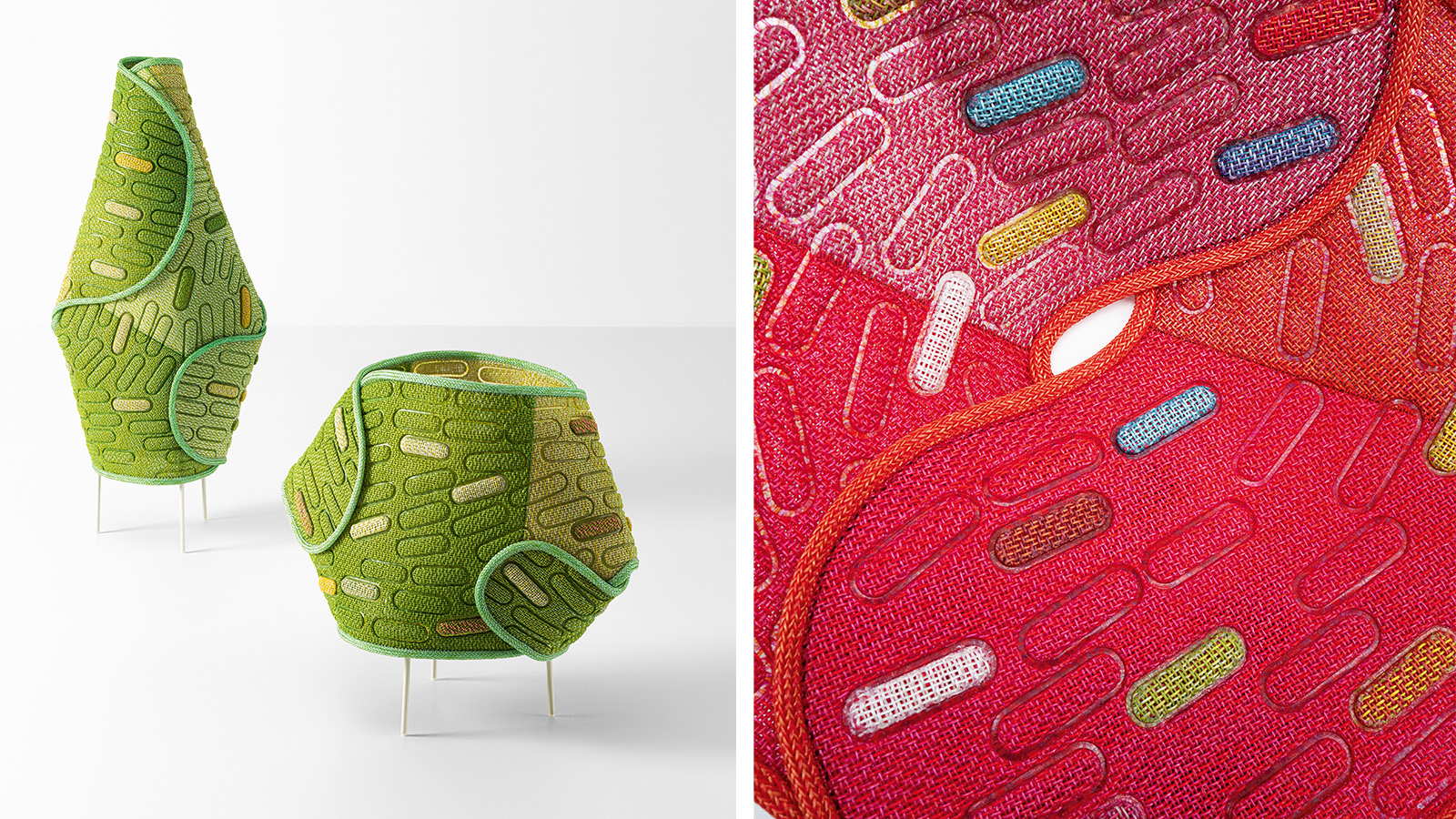
Paola Lenti is unstoppable in her mission to create a better world: the Italian furniture company has been improving its production with a mission to re-use and give another life to leftovers and discarded materials. During Milan Design Week 2024, the company unveils a new chapter of its journey, which started in 2022 through a collaboration with Estudio Campana.
This year, the brand presents Nendo'sMottainai project, based on the Japanese word meaning 'not to waste, use the resources you have available'. To create the Hana-arashi series of furnishings and complements, Sato played with the colourful offcuts referencing the organic forms of blossoming cherry trees, in honour of Japan's most beautiful yearly event, a breath-taking moment able to bring people together.
The collection has a strong connection to Japanese culture, not only in its reference to the cherry blossom trees but also because the forms of the pieces are informed by ancient samurai armours.
Paola Lenti and Nendo 'Hana-arashi' collection
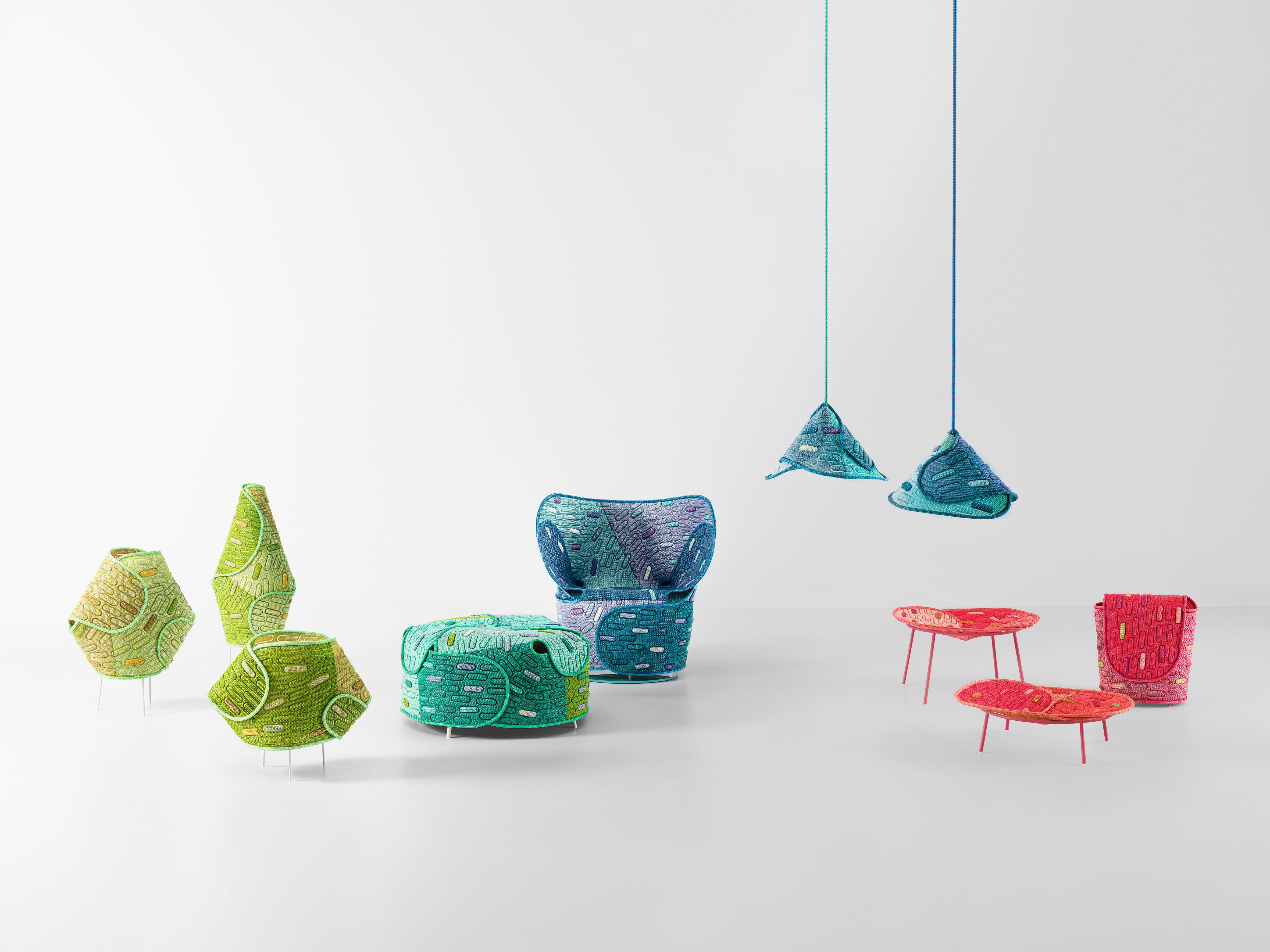
The petals that fall down the trees inspired the colourful cut-offs selected by the designer, who carefully combined them in different chromatic compositions, metaphorically referring to a second nature, a second flourishing.
'The starting point for the collection is the Maris mesh fabric, developed and produced exclusively by our company for outdoor collections,' says founder Paola Lenti. The recyclable, 100% polypropylene waterproof material is available in 180 colour hues, and benefits from a low fusion point. It can be overlapped and welded, avoiding the use of secondary materials such as sewing threads or adhesives. 'Further experimentation revealed that by tweaking the temperature and heating time, specific section of the fabric can be hardened to increase its strength, and allow light to pass through, thanks to alternating opacity and transparency.'
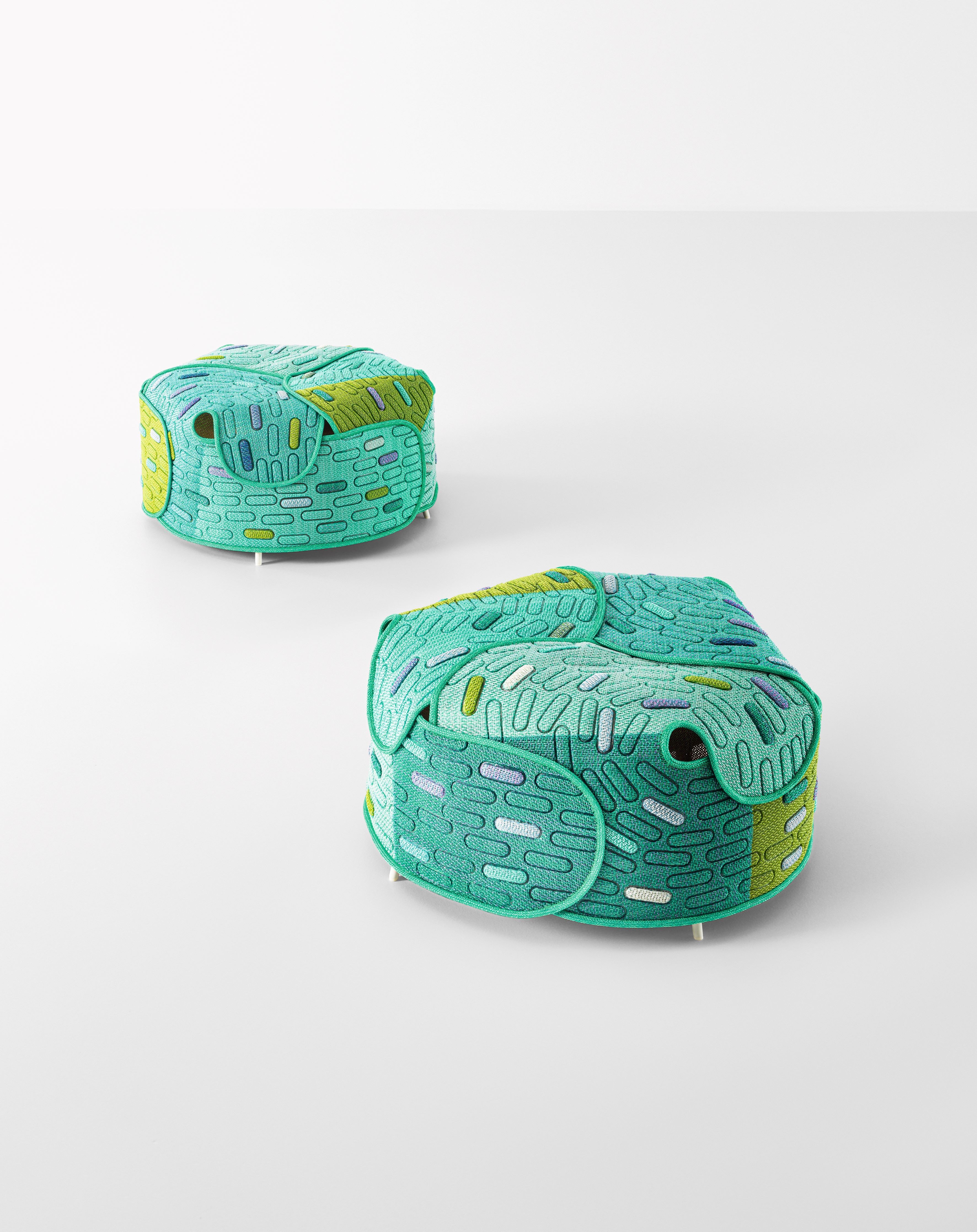
Reusing means ennobling materials, for which Nendo founder Oki Sato has a great respect. 'Usually, the briefs we receive from the brands and companies are based on their respective features and strengths. However, in our collaboration with Paola Lenti, the project started when we were shown a small piece of the material, rather than a brief to design a specific item or use a technology. It was a piece of polypropylene mesh material that they used in their outdoor furniture,' recalls Sato.
'They also showed me a sheet of material that is rigid and marbled in colour. Seeing this piece of soft, textured, flexible material side by side with hard, strong sheet material, I had the feeling that there were countless 'in-betweens' of the two features of this material. And I still vividly remember how excited I was that it would surely be an interesting project.'
Wallpaper* Newsletter
Receive our daily digest of inspiration, escapism and design stories from around the world direct to your inbox.
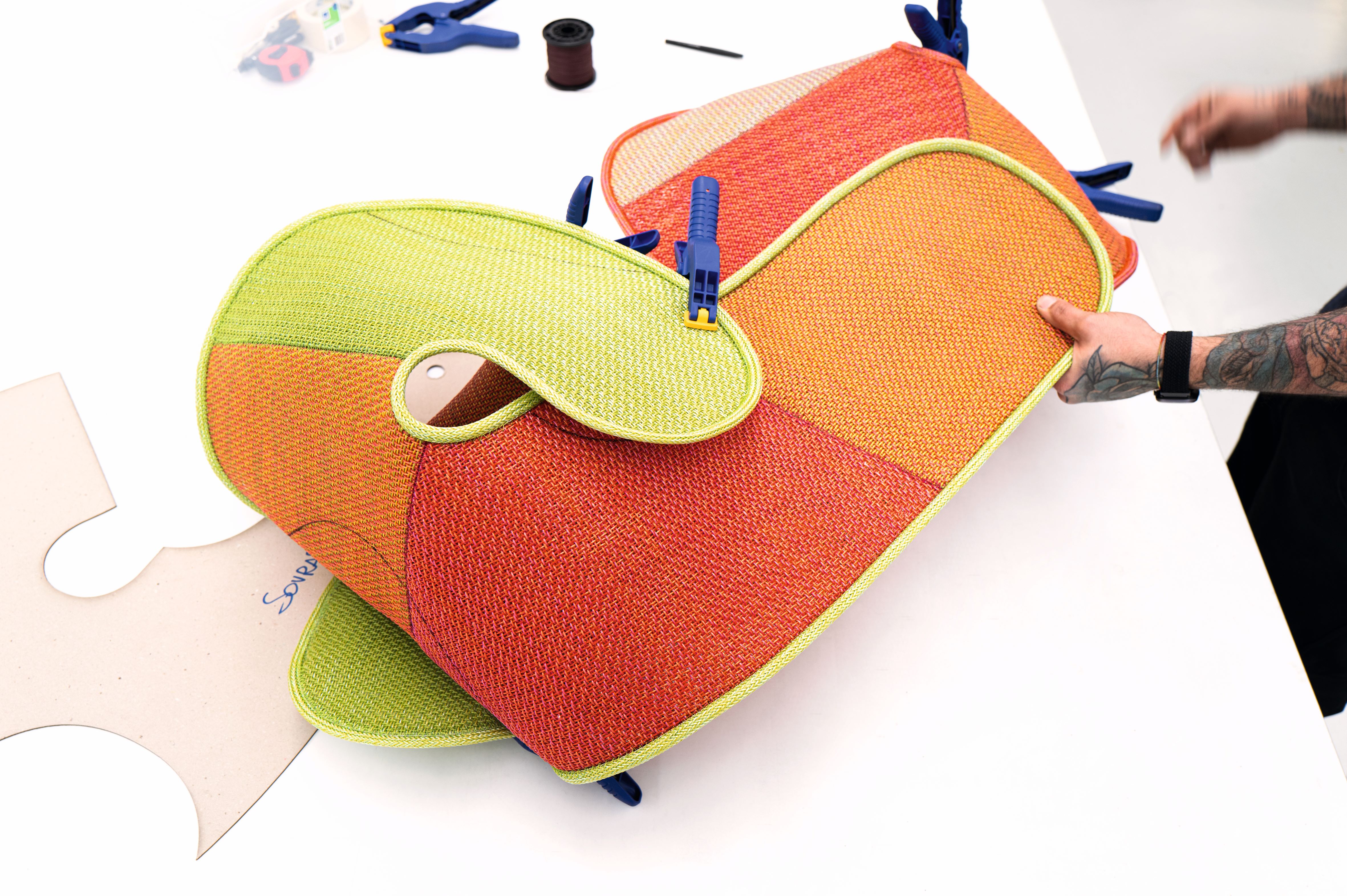
Lenti adds: 'Starting from unique fabric remnants with curvilinear form, Nendo has carefully shaped them by folding and wrapping them on themselves to create products featuring high aesthetic and design value: it is indeed the nature of the material, mouldable and strong at the same time, to determine the form of the object – lamps, poufs, side tables, an armchair, and baskets – without compromising the delicate texture of the fabric and its recyclability.'
It is well known that Sato loves to investigate different 'trial and error' (also the title of a 2012 exhibition) before taking the decision to commit to a specific project. '[After] getting back to my studio in Tokyo, I repeated experiments with the material in different ways, like boiling it in hot water, baking it in an oven or frying pan, and ironing it,' he explains. 'Through this dialogue with the material, a technique was found, whereby the necessary strength and soft texture were retained by applying the right amount of pressure and heat, just like a panini. Eventually, dedicated equipment was also developed to produce this collection, and we feel that this unique process is what makes this project so fascinating.'
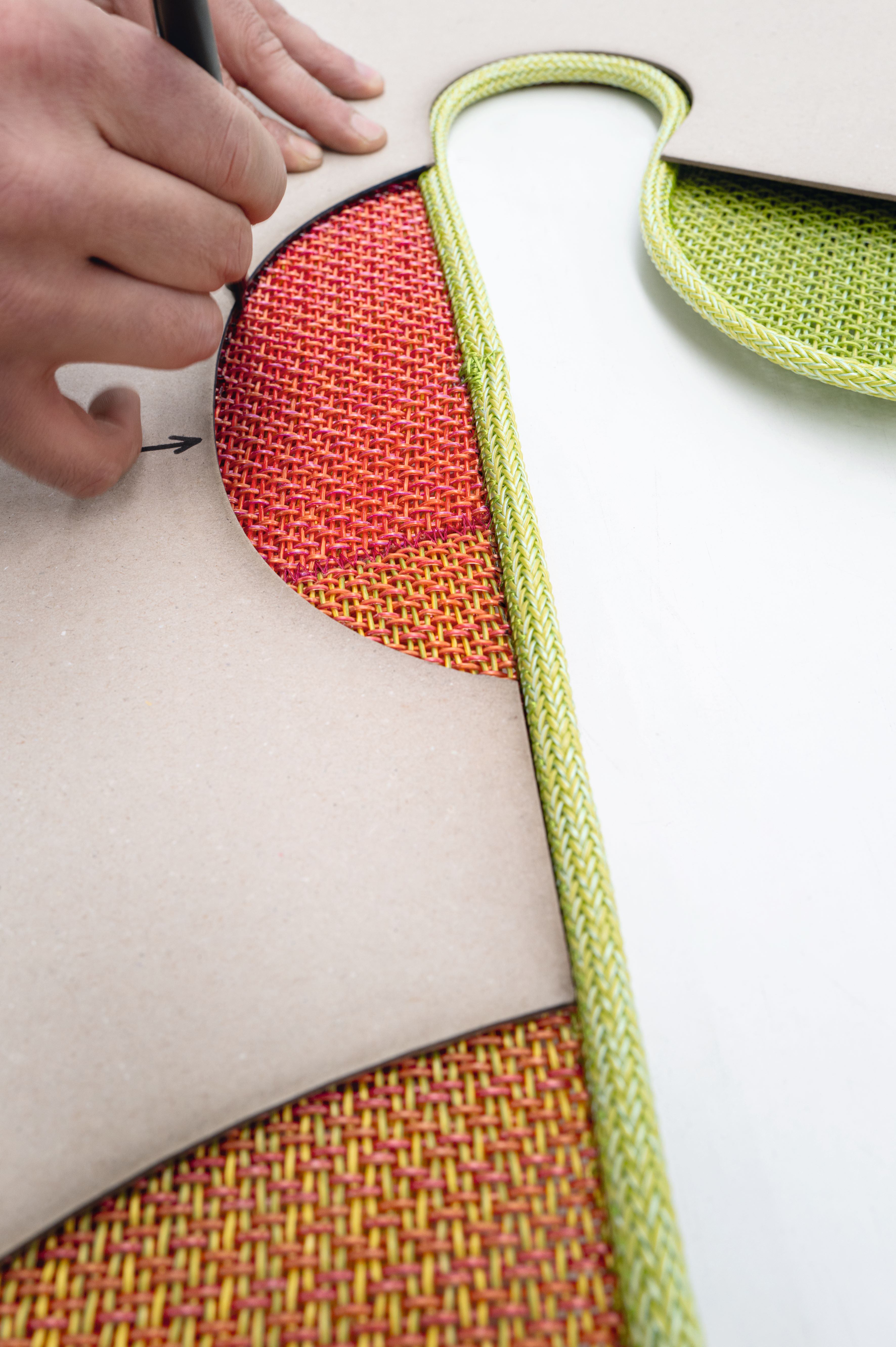
Sato was charmed by his collaboration with Paola Lenti: 'to simply use things over and over again, designers should be required to draw out new characters and values from the materials by recreating them. I feel that this will be one of the important qualities required of the designers of the future.'
The Nendo collaboration with Paola Lenti is on view from 15 to 21 April, as part of Milan Design Week 2024
Paola Lenti
Via Giovanni Bovio, 28
Milan
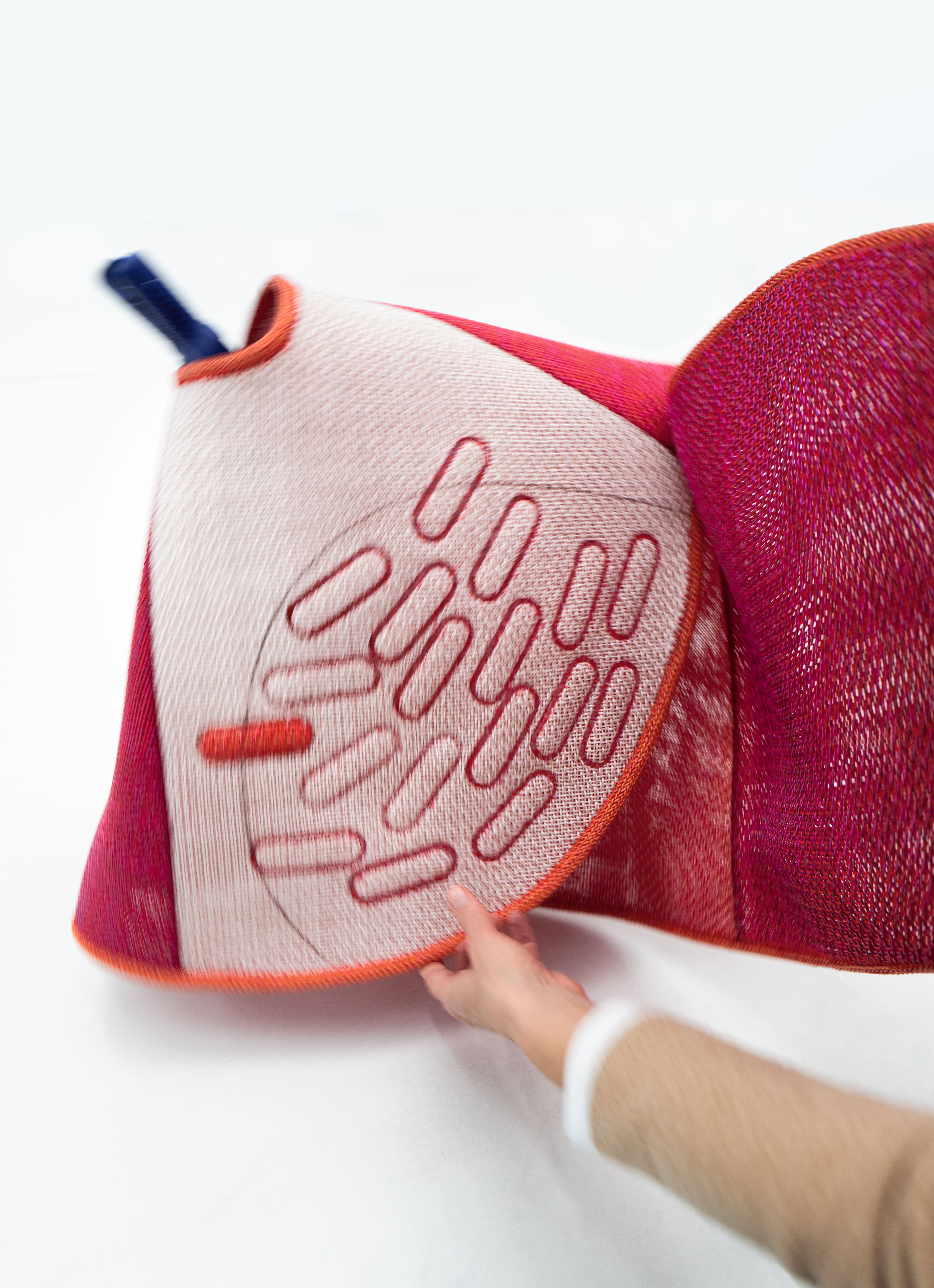
Maria Cristina Didero is an independent design curator, consultant and author, who has contributed to many publications over the years. Didero has consulted for companies such as Vitra, Fritz Hansen, Lexus, Fendi, Louis Vuitton, Valextra among others. Based in Milan, she works internationally, curating exhibitions for institutions: some of her most recent projects include Nendo: The Space in Between and The Conversation Show at the Holon Design Museum, Israel; FUN HOUSE by Snarkitecture at National Building Museum, Washington D.C.; SuperDesign a project about Italian radical design, NY; Vegan Design, or the Art of Reduction by Erez Nevi and The Fish and The Crowd by Carlo Massoud, Milan. In April 2022 she curated a Mathieu Lehanneur exhibition at the Triennale in Milan called The Inventory of Life, while in July she debuted a project at the MK&G in Hamburg titled Ask Me if I Believe in the Future, alongside a series of ongoing collaborations. She was appointed 2022 Curatorial Director of Design Miami/. She is currently preparing two projects for Milan Design Week 2023.
-
 Put these emerging artists on your radar
Put these emerging artists on your radarThis crop of six new talents is poised to shake up the art world. Get to know them now
By Tianna Williams
-
 Dining at Pyrá feels like a Mediterranean kiss on both cheeks
Dining at Pyrá feels like a Mediterranean kiss on both cheeksDesigned by House of Dré, this Lonsdale Road addition dishes up an enticing fusion of Greek and Spanish cooking
By Sofia de la Cruz
-
 Creased, crumpled: S/S 2025 menswear is about clothes that have ‘lived a life’
Creased, crumpled: S/S 2025 menswear is about clothes that have ‘lived a life’The S/S 2025 menswear collections see designers embrace the creased and the crumpled, conjuring a mood of laidback languor that ran through the season – captured here by photographer Steve Harnacke and stylist Nicola Neri for Wallpaper*
By Jack Moss
-
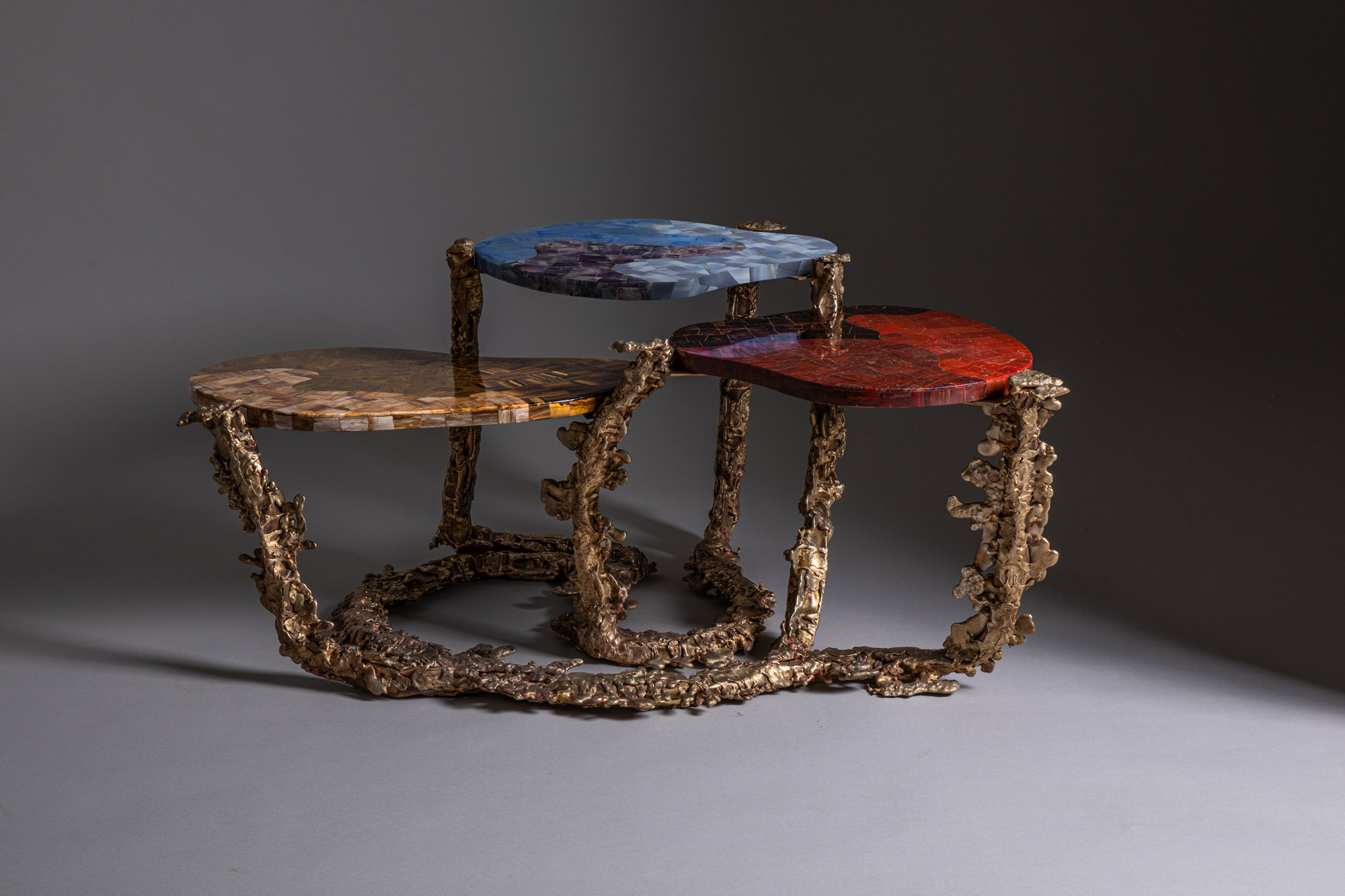 Inside the Shakti Design Residency, taking Indian craftsmanship to Alcova 2025
Inside the Shakti Design Residency, taking Indian craftsmanship to Alcova 2025The new initiative pairs emerging talents with some of India’s most prestigious ateliers, resulting in intricately crafted designs, as seen at Alcova 2025 in Milan
By Henrietta Thompson
-
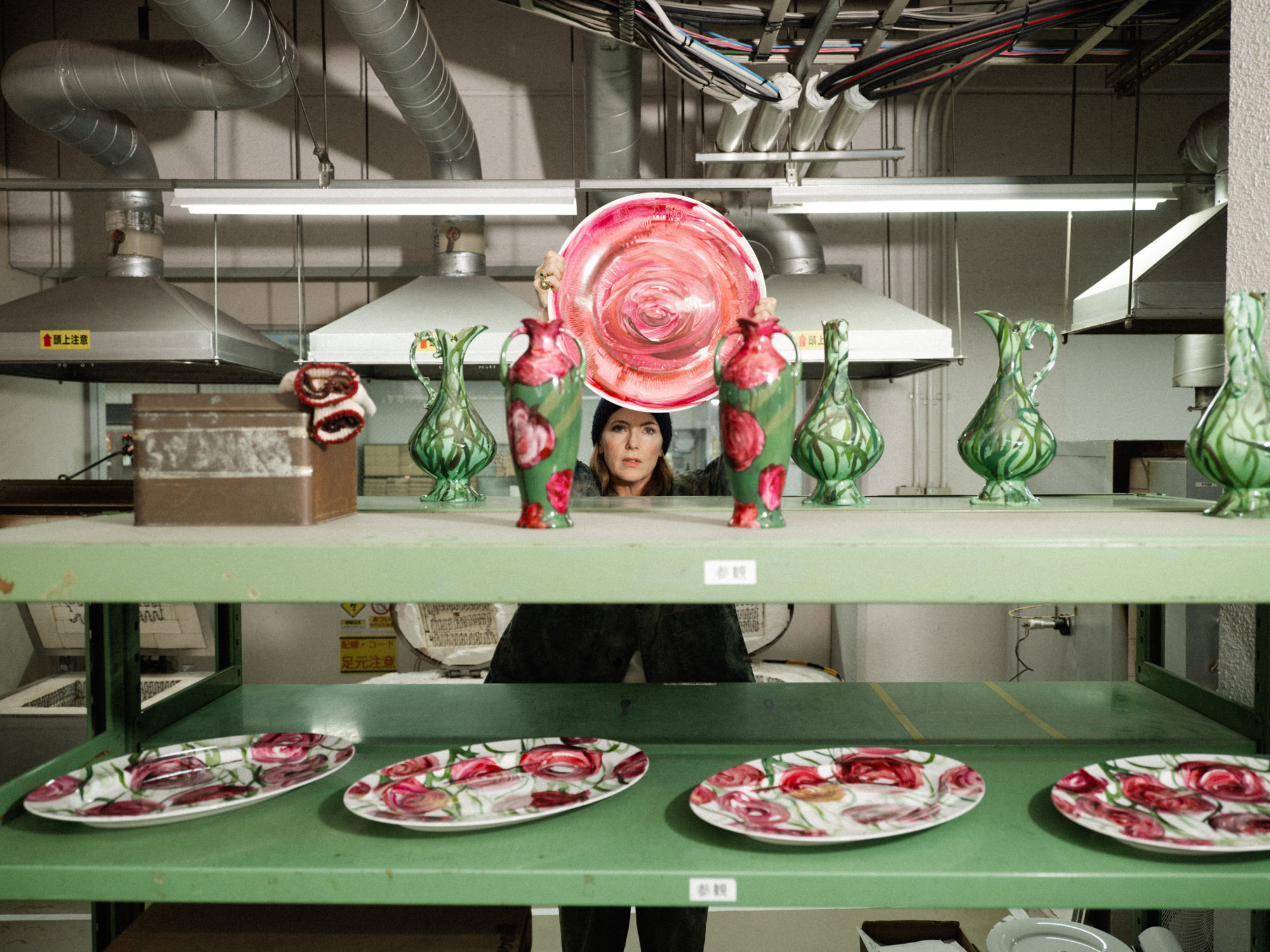 Faye Toogood comes up roses at Milan Design Week 2025
Faye Toogood comes up roses at Milan Design Week 2025Japanese ceramics specialist Noritake’s design collection blossoms with a bold floral series by Faye Toogood
By Danielle Demetriou
-
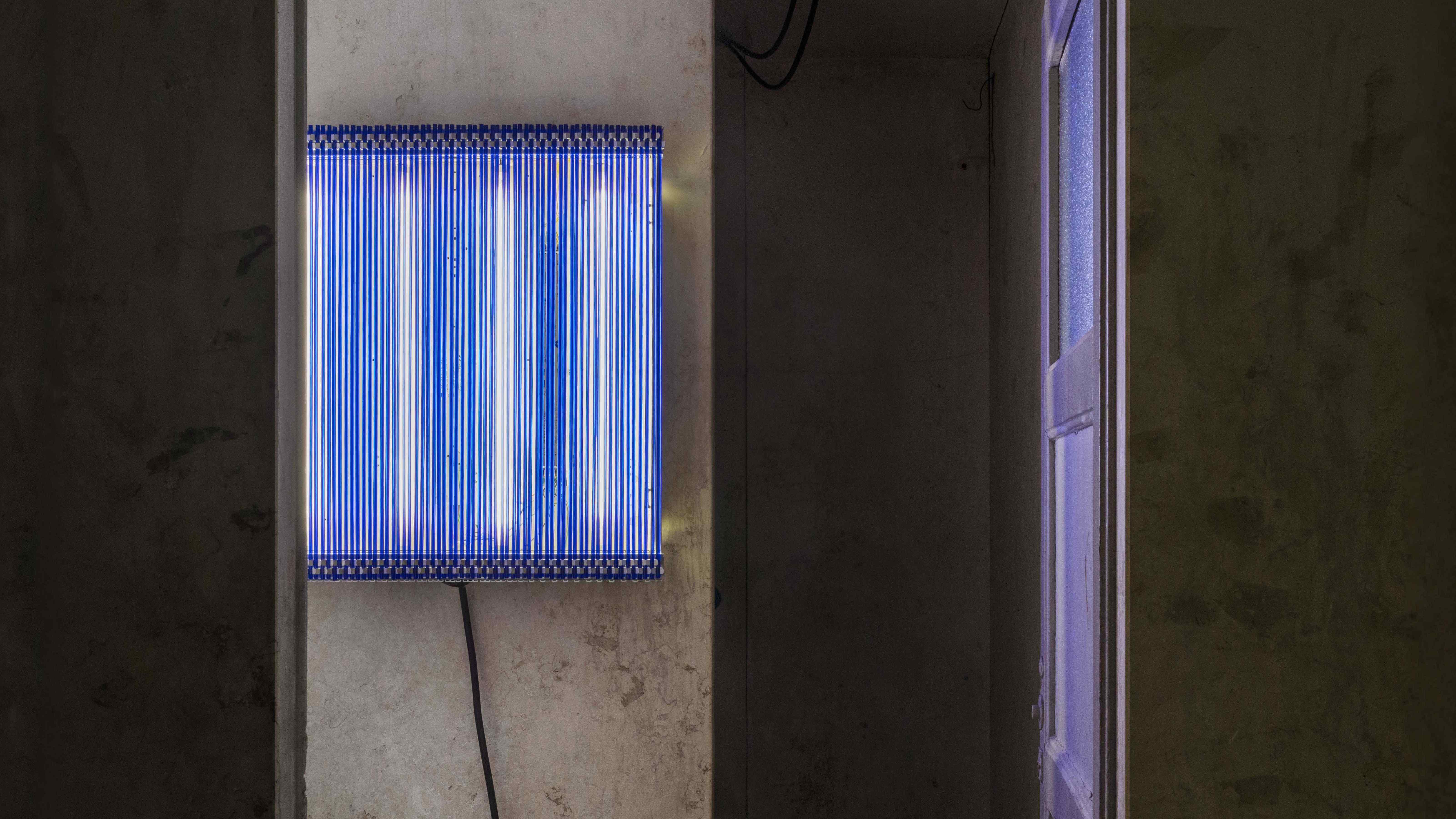 6:AM create a spellbinding Murano glass showcase in Milan’s abandoned public shower stalls
6:AM create a spellbinding Murano glass showcase in Milan’s abandoned public shower stallsWith its first solo exhibition, ‘Two-Fold Silence’, 6:AM unveils an enchanting Murano glass installation beneath Piscina Cozzi
By Ali Morris
-
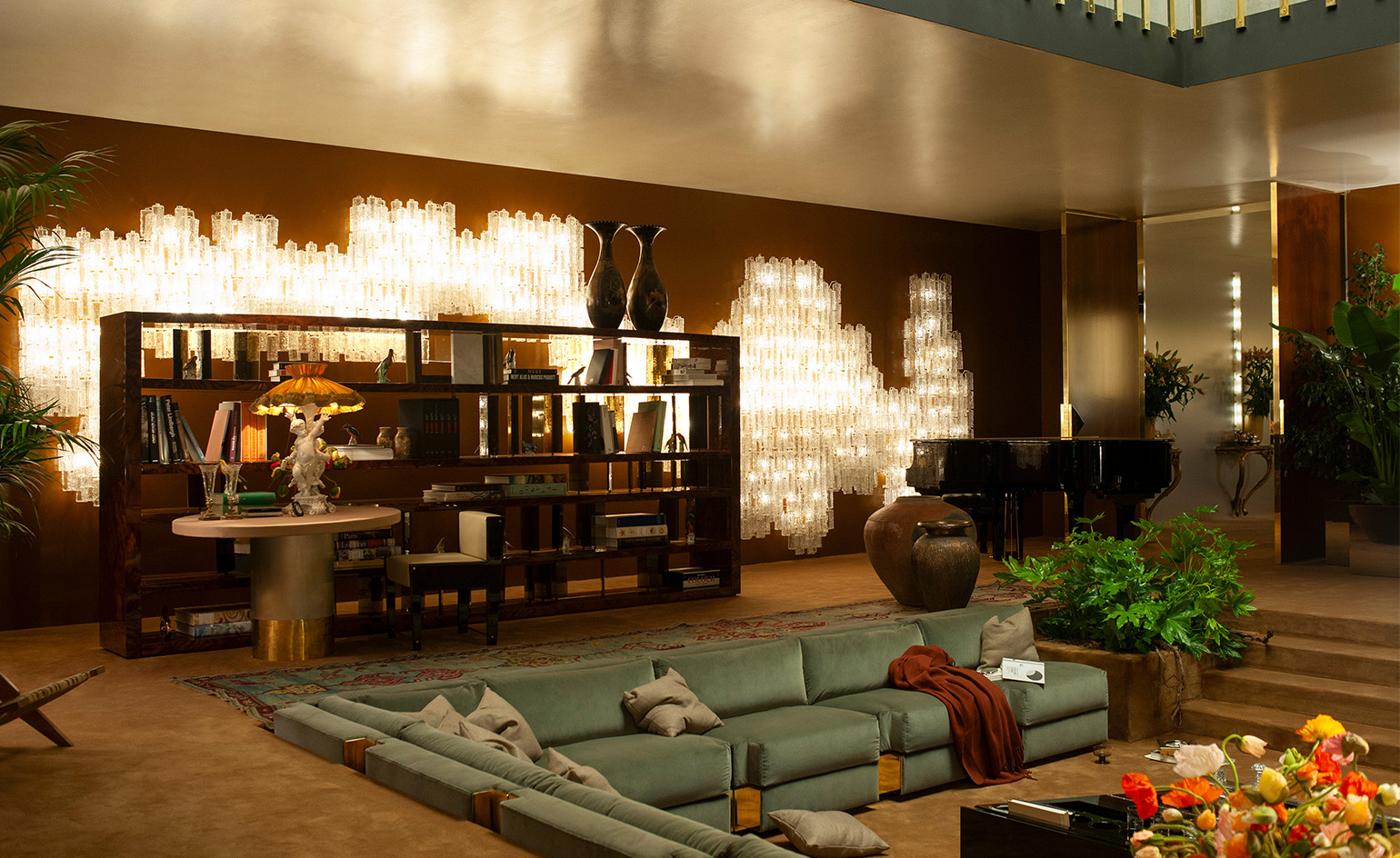 Dimoremilano and Loro Piana channel 1970s cinema in decadent Milan display
Dimoremilano and Loro Piana channel 1970s cinema in decadent Milan displayAt Milan Design Week 2025, Dimorestudio has directed and staged an immersive, film-inspired installation to present new furniture and decor for Loro Piana
By Dan Howarth
-
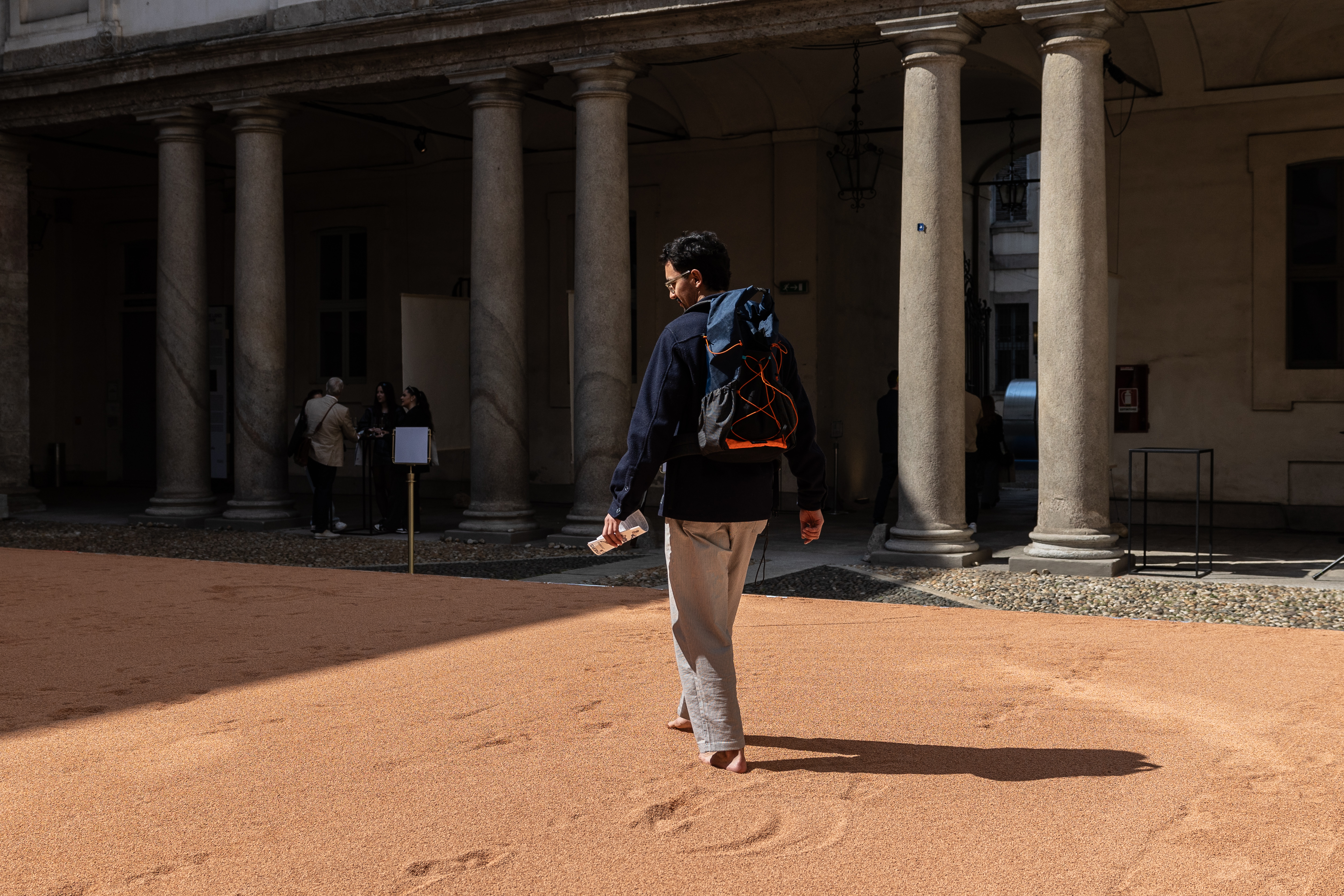 In Milan, MoscaPartners presents a poetic exploration of ‘migration’
In Milan, MoscaPartners presents a poetic exploration of ‘migration’Alongside immersive work by Byoung Cho, MoscaPartners’ Milan Design Week 2025 display features an accessible exhibition path designed for visually impaired visitors
By Cristina Kiran Piotti
-
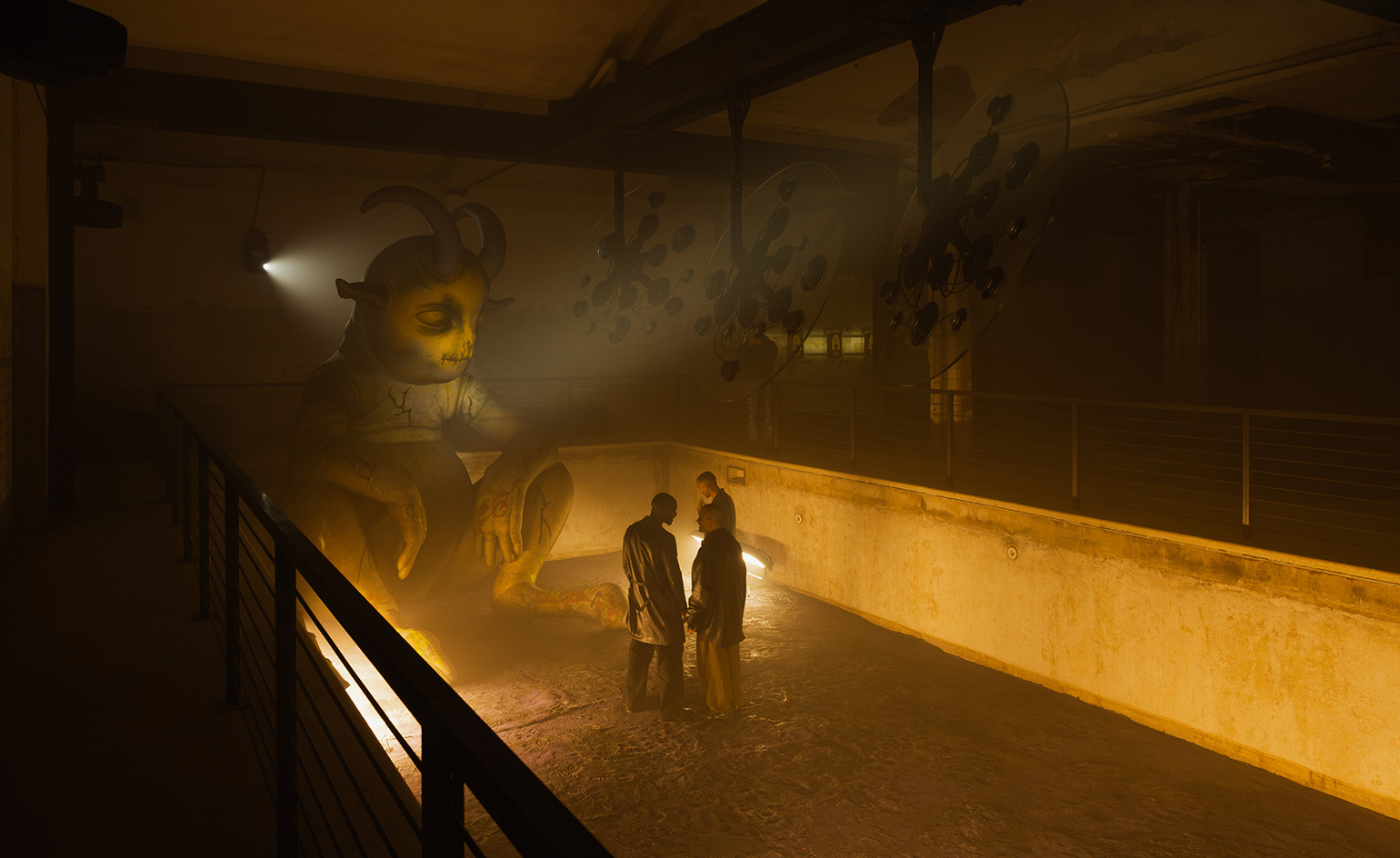 The making of PAN and Nike’s euphoric, club-inspired collaboration at Milan Design Week
The making of PAN and Nike’s euphoric, club-inspired collaboration at Milan Design WeekAlongside a new Air Max 180 release, ‘The Suspended Hour’ display sees Berlin record label PAN imagine the unfolding of a club night, from dusk until dawn
By Craig McLean
-
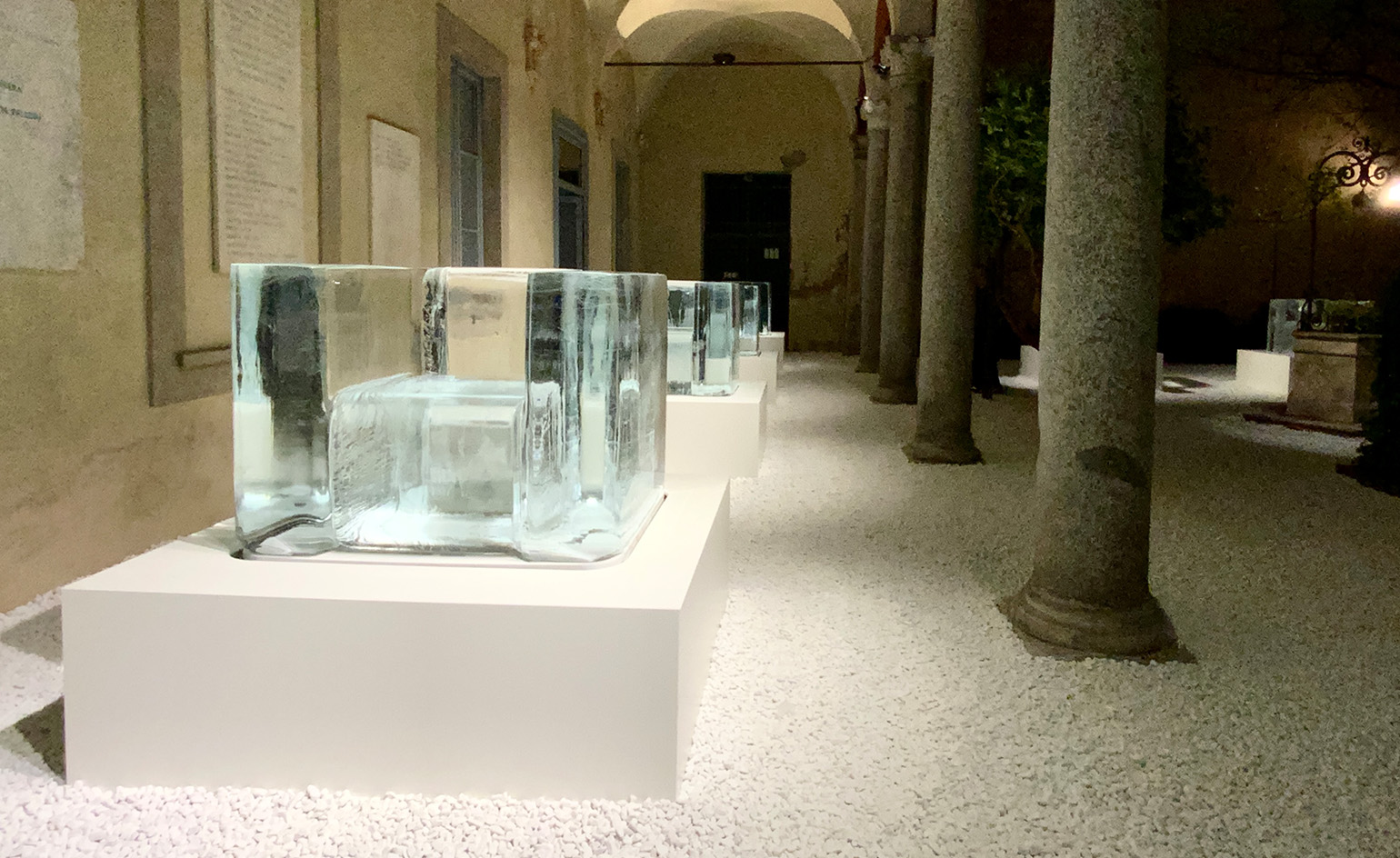 Tokujin Yoshioka’s ephemeral ice furniture is made to melt in Milan
Tokujin Yoshioka’s ephemeral ice furniture is made to melt in MilanTransparent chairs of frozen water slowly disappear during Milan Design Week 2025, in an expression of light by Japanese artist Tokujin Yoshioka
By Danielle Demetriou
-
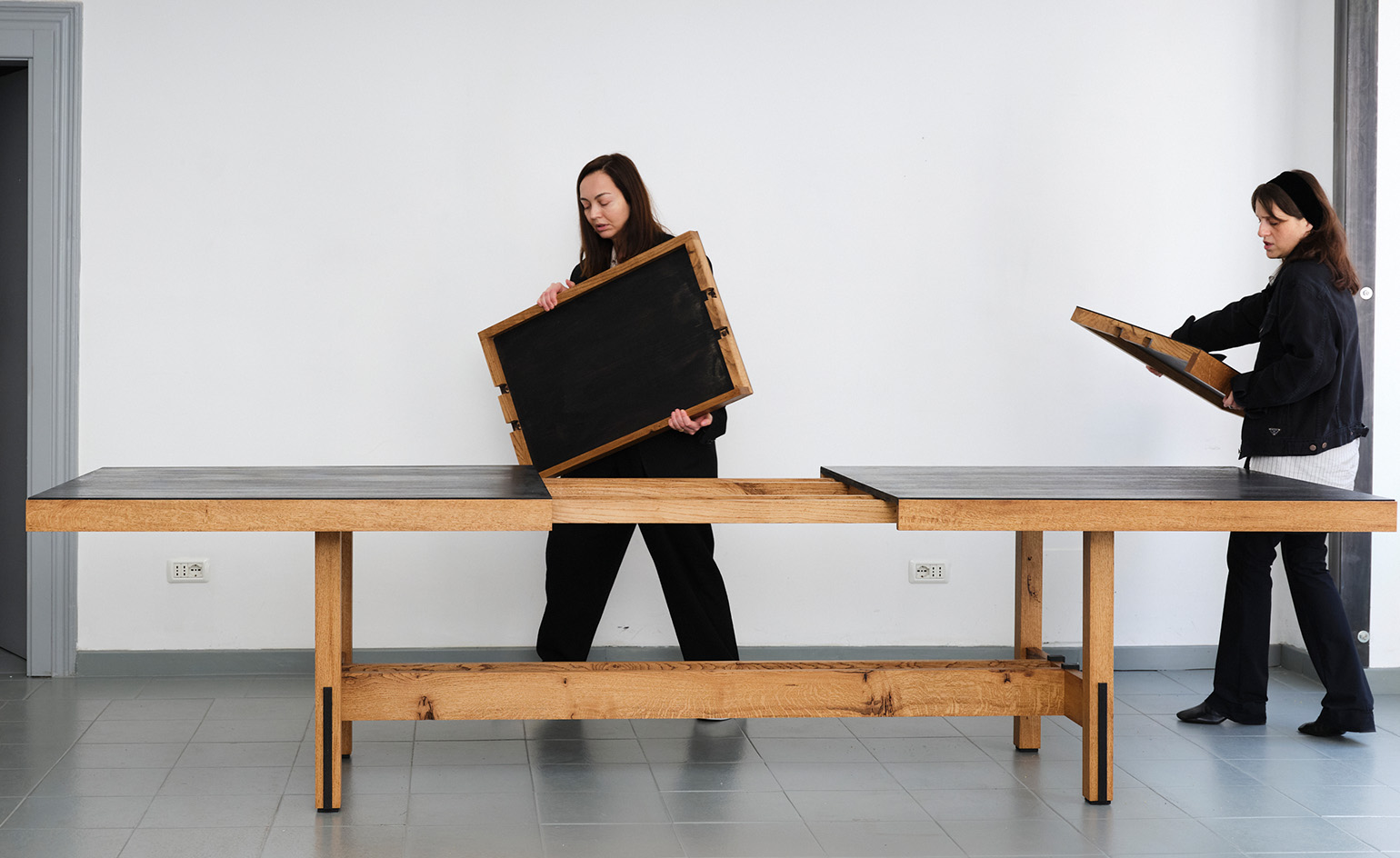 In Milan, Rooms Studio examines Georgia’s shifting social landscape
In Milan, Rooms Studio examines Georgia’s shifting social landscapeExpandable tables that reference recent government protests and lamps held together with ‘chewing gum’ feature in the Tbilisi-based studio’s Milan Design Week 2025 installation
By Dan Howarth